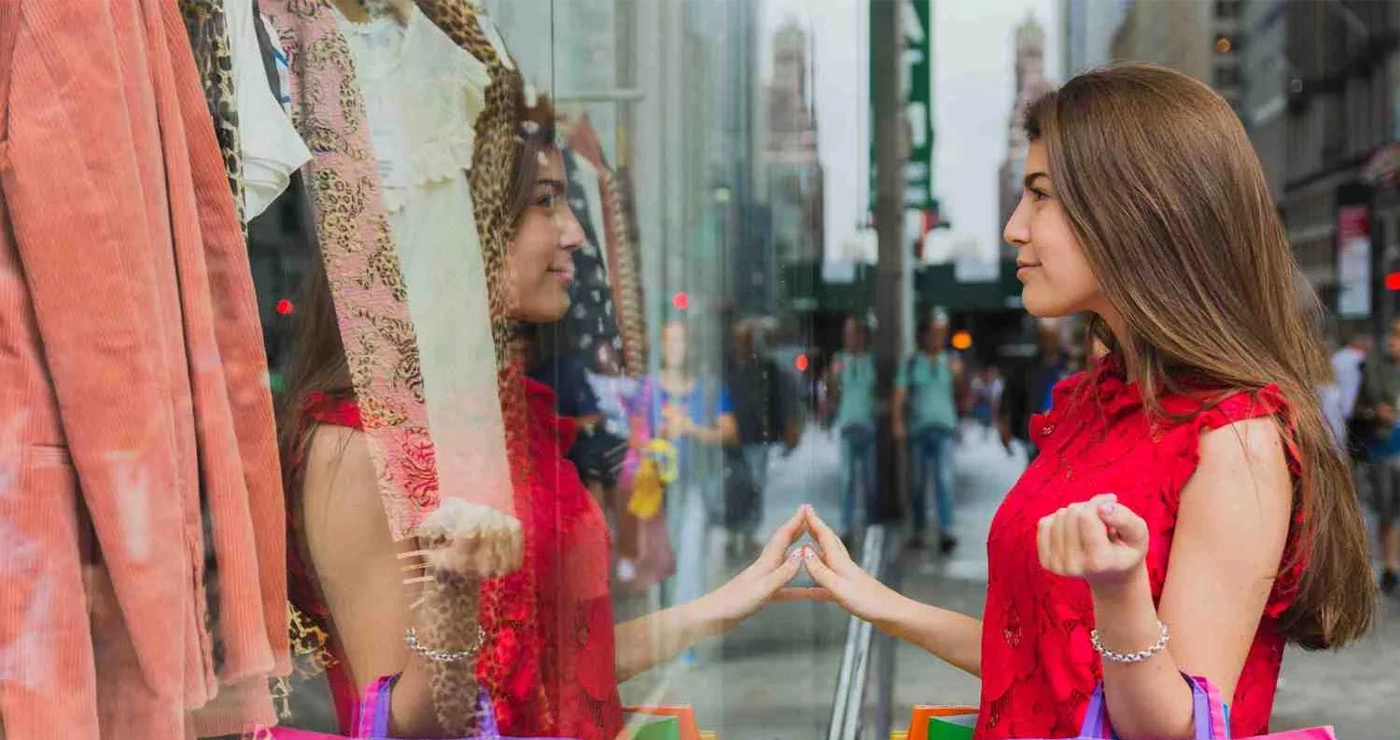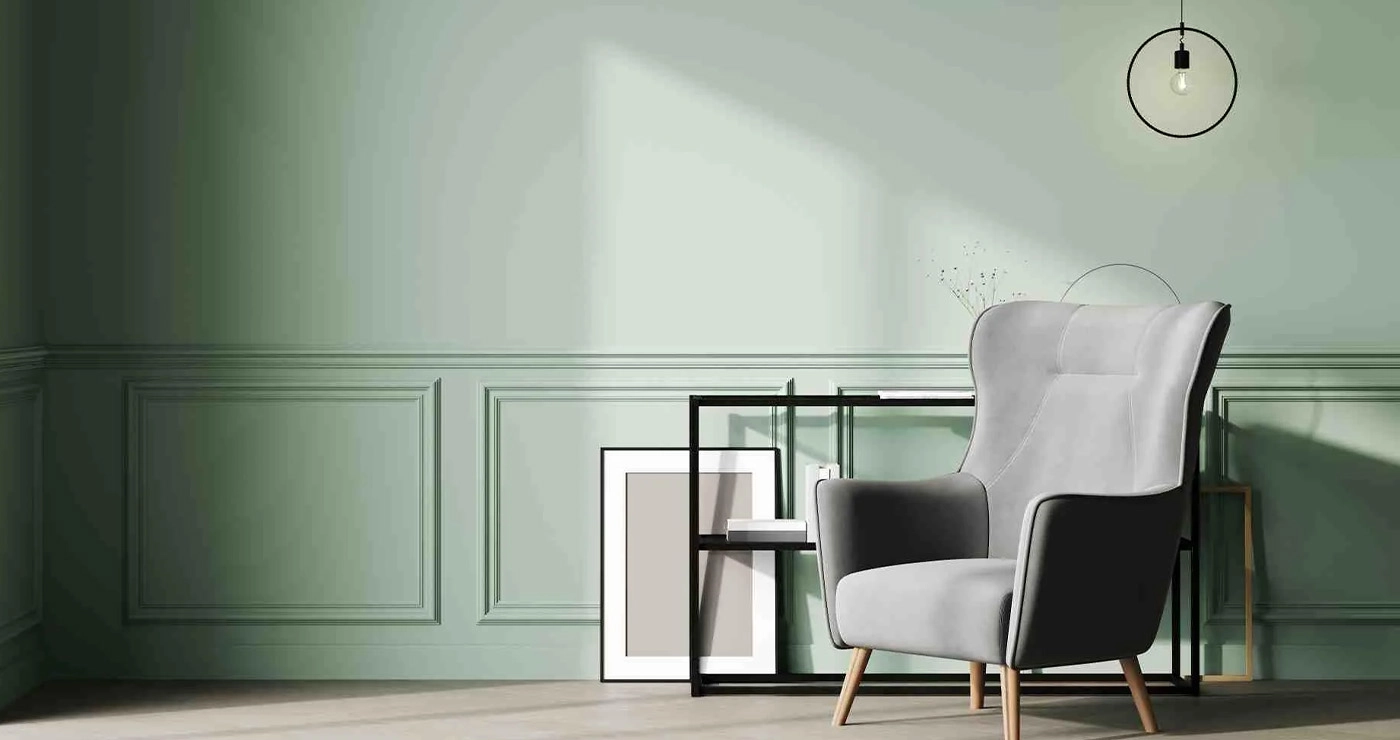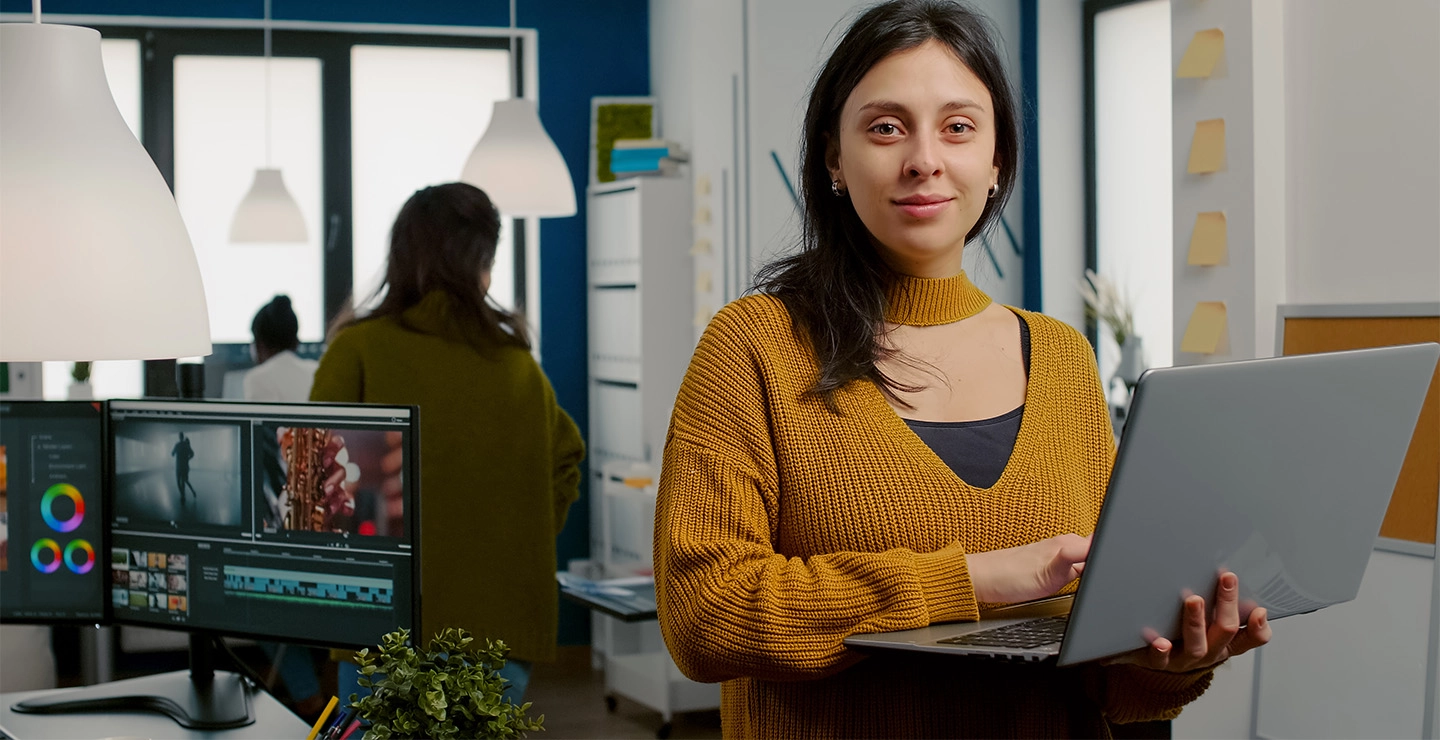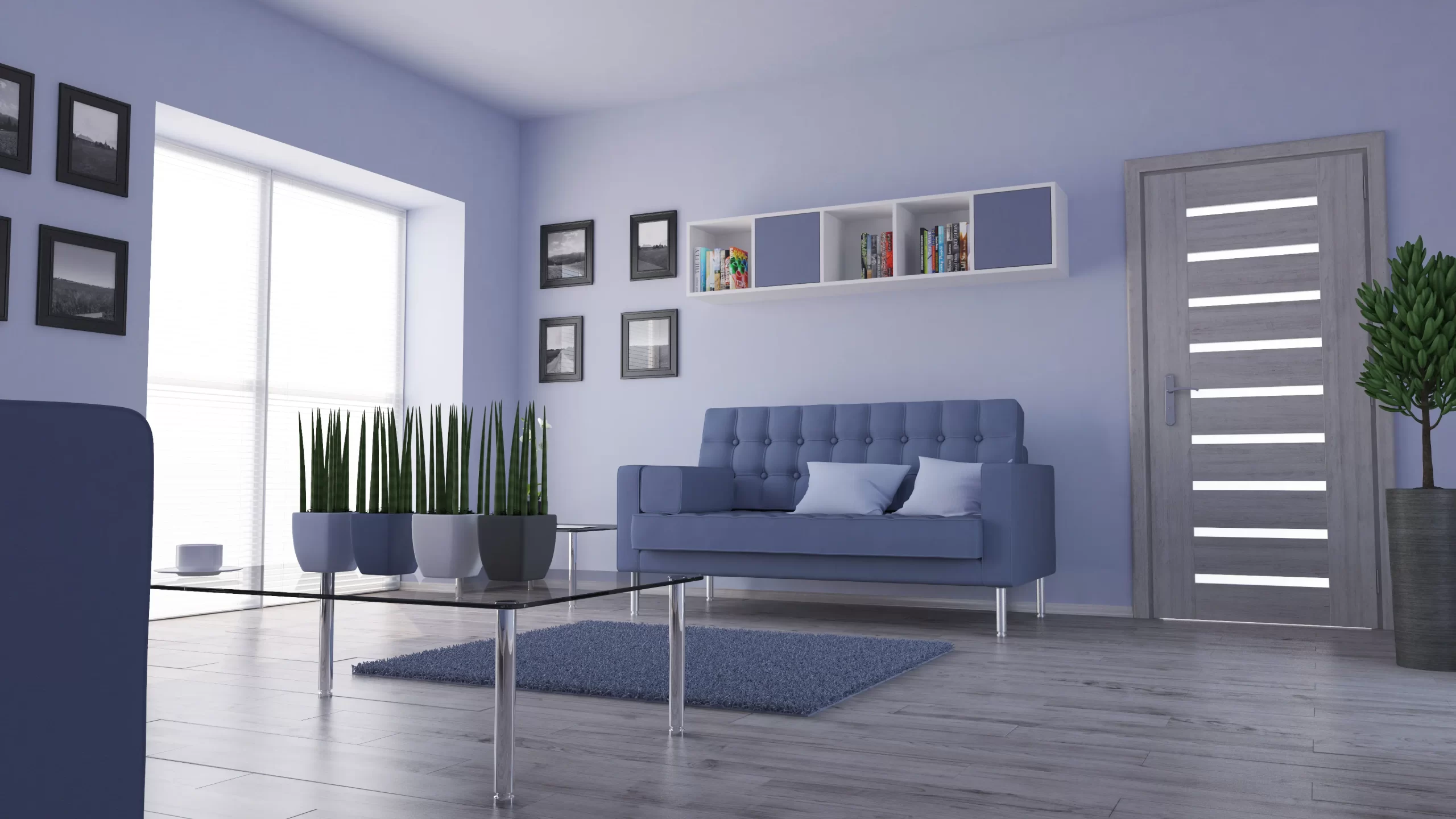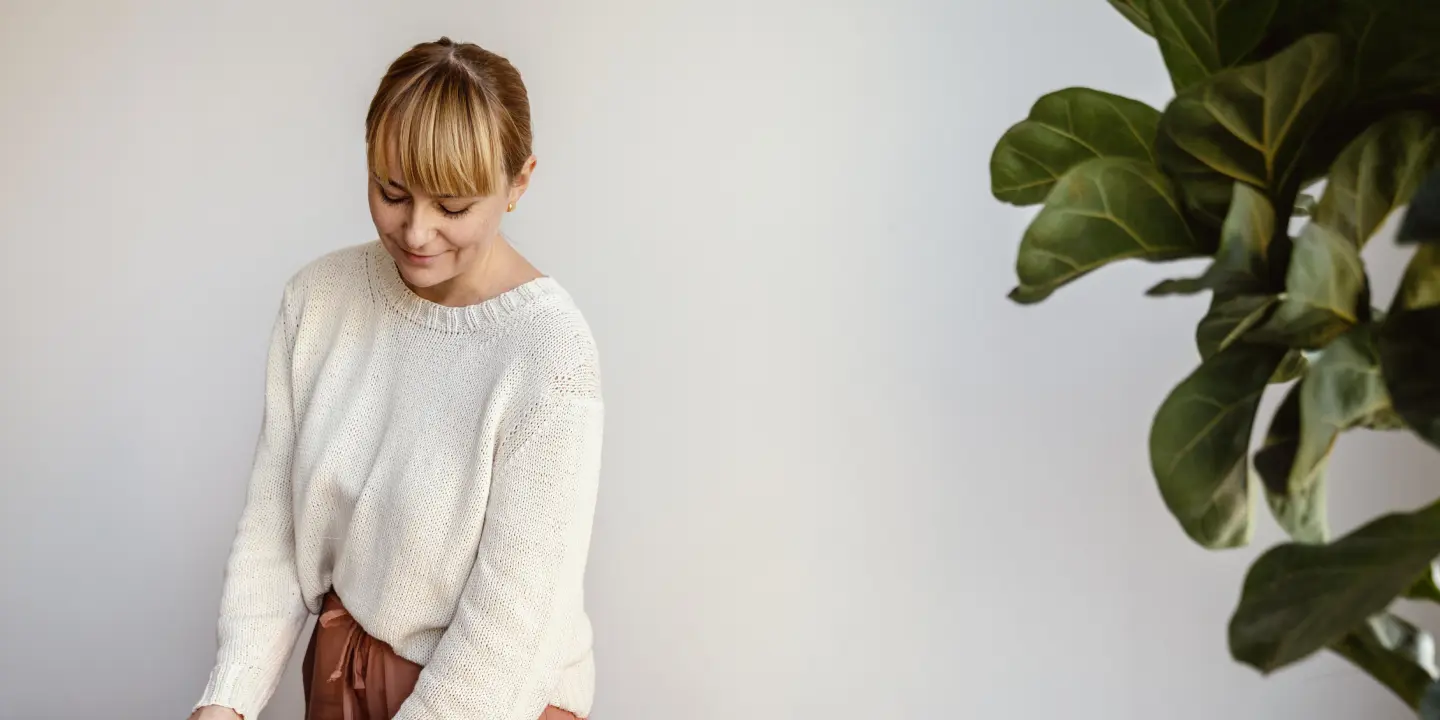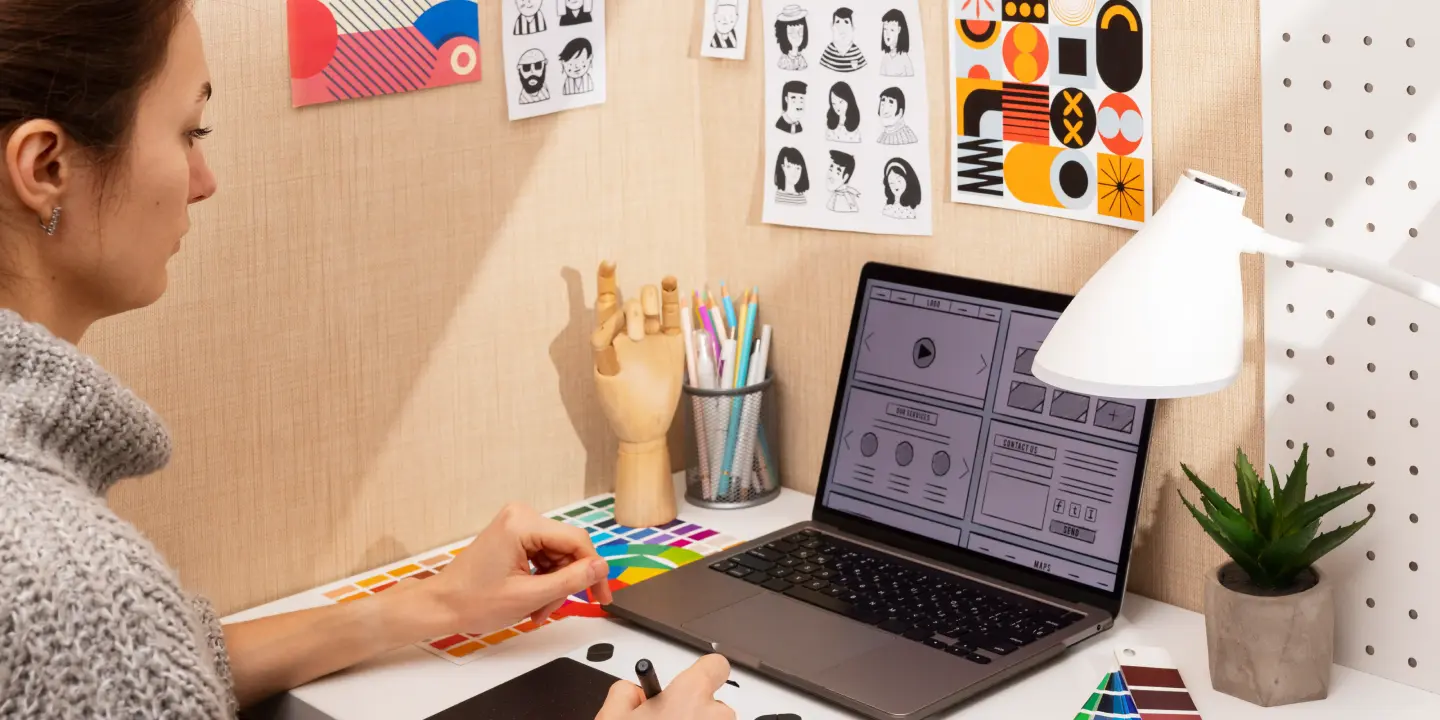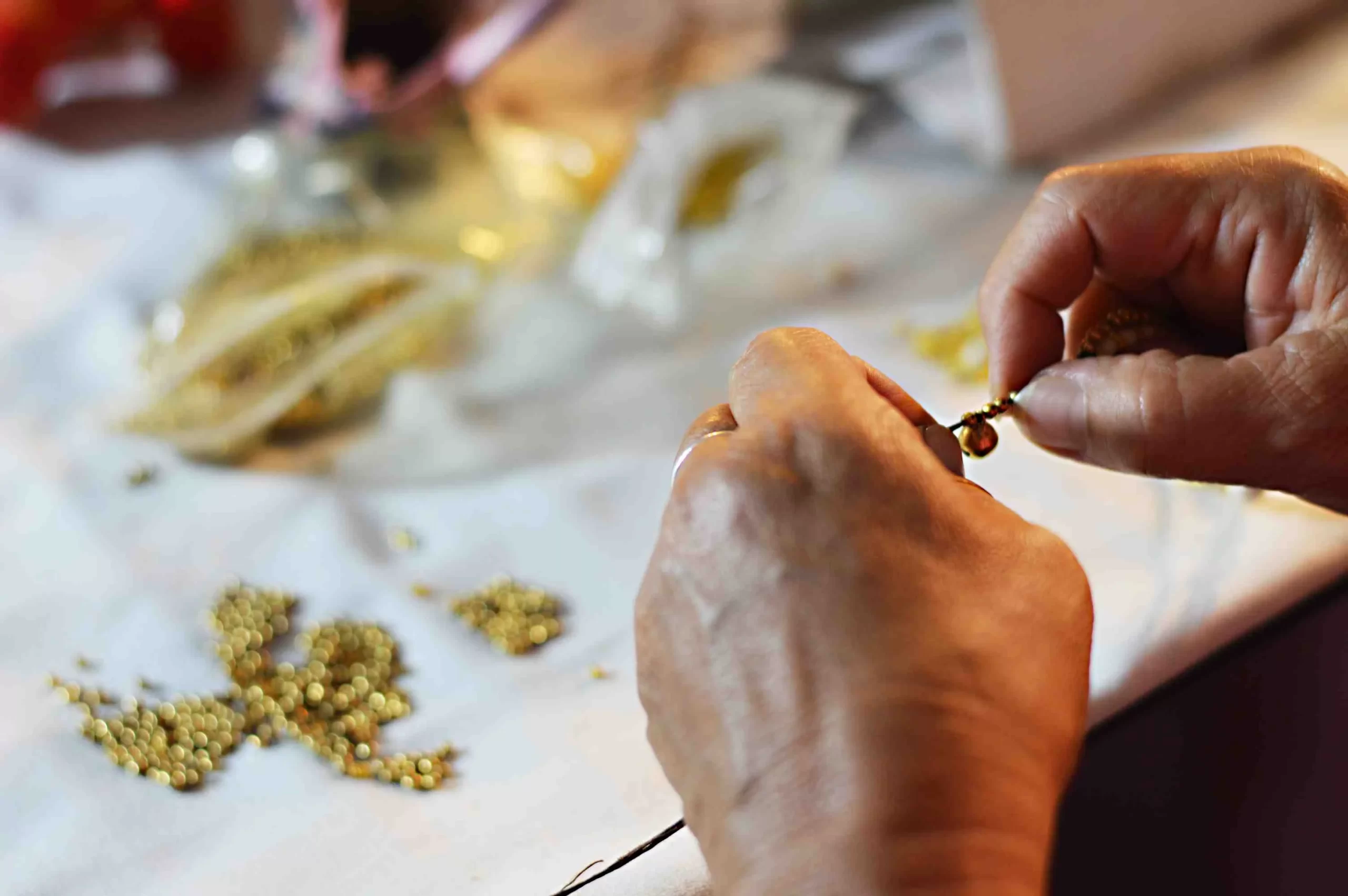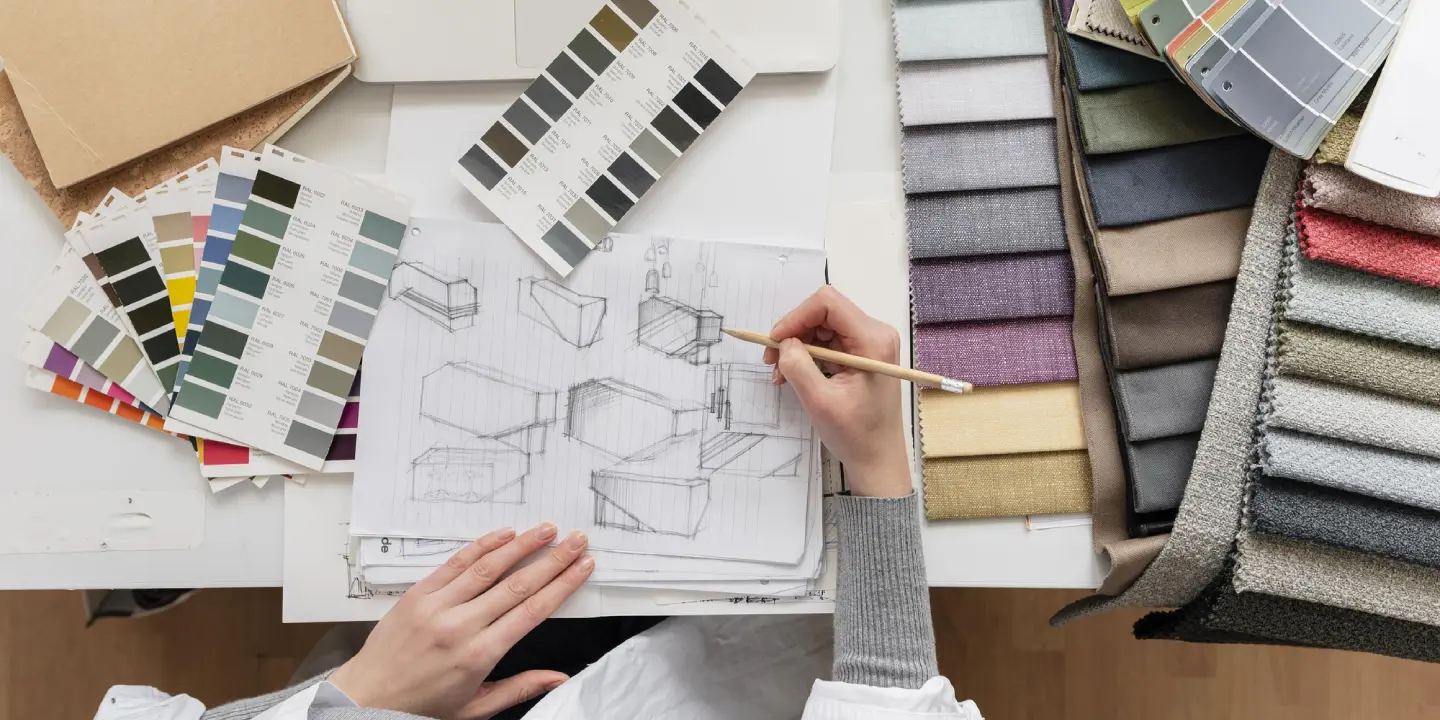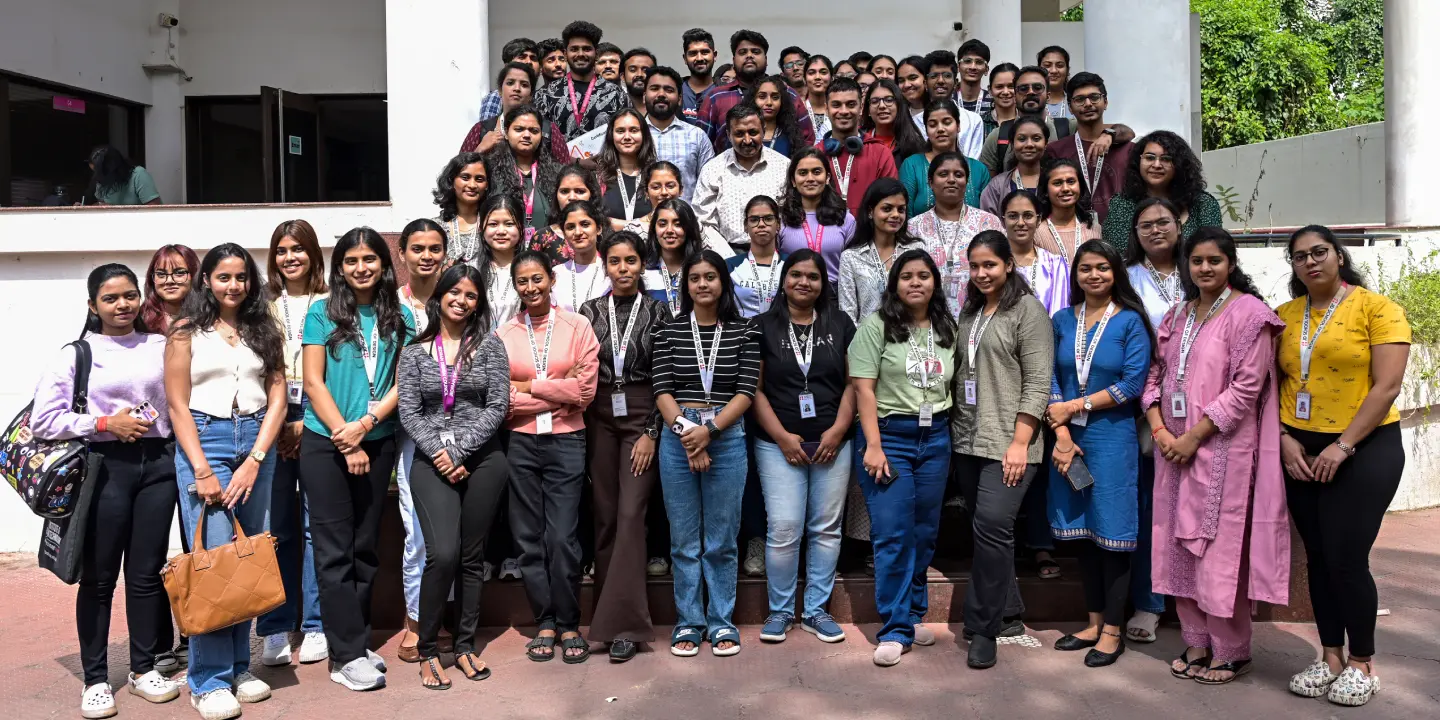
What is the Power of Branding in Fashion?
Fashion Courses Interior Design Courses Jewellery Design Courses UI/UI Courses Visual Arts Courses Other Courses OTHER COURSES Contact us Bengaluru Campus 1 : JD School of Design, No. 18-1, Brigade Road, Bengaluru,Karnataka – 560 001. Campus 2 : No. 40, Swan House, 4th Cross, Residency Road, Bengaluru, Karnataka – 560001. +91 9901 999 903 +91 9901 999 904 +91 9480 323 232 jdfashion@jdindia.com Goa Musthtifund Saunstha , Near Mahalaxmi Temple,Dada Vaidya Road, Goa-403001 +91 9606 096 060 +91 9606 048 888 jdfashion@jdindia.com Branding in fashion is more than just a logo or a catchy tagline; it is the essence of a fashion label. The power of branding lies in its ability to create a unique identity, build consumer trust, and evoke emotions that turn customers into loyal brand advocates. Whether you admire luxury brands like Chanel and Gucci or streetwear labels like Supreme, their branding plays a crucial role in their success. But what makes a fashion brand stand out? How does branding in fashion influence consumer perception and buying behavior? For students studying or looking to pursue a career in fashion design, understanding branding is essential. JD School of Design’s Fashion Design Courses in Bangalore provide the necessary knowledge and hands-on training to help students master the art of branding in fashion. Learning how to create a brand identity, communicate a brand message, and market fashion products effectively can set you apart in the competitive industry. In this blog, we will explore the power of branding in fashion, its key elements, how successful brands leverage branding, and why it is a game-changer in the industry. By the end of this blog, you will have a deep understanding of how branding shapes the fashion world and how you can use it to build a successful career in fashion design. Understanding Branding in Fashion Branding in Fashion is the process of creating a unique identity for a fashion label. It involves everything from a brand’s visual elements (logo, colors, packaging) to its story, messaging, and customer experience. Branding is what makes a fashion label recognizable and memorable. Key Elements of Fashion Branding: Brand Identity – The visual and conceptual elements that define a brand (logo, colors, typography, packaging, etc.). Brand Story – The narrative behind the brand that connects with customers emotionally. Brand Messaging – The language, tone, and communication style used across marketing and promotional content. Customer Experience – The way consumers interact with the brand, from shopping experience to after-sales service. Emotional Connection – The feelings and associations consumers develop with a brand, influencing their loyalty and purchasing behavior. Fashion branding is not just about aesthetics; it is about creating a strong brand personality that resonates with the target audience. Why Branding is Important in Fashion? Fashion branding holds immense power in shaping the industry. Here’s why branding is a crucial element in fashion: Creates a Strong Identity Branding helps fashion labels differentiate themselves from competitors. A well-established identity ensures that customers recognize and connect with the brand instantly. Builds Trust and Credibility A consistent and well-communicated brand message builds trust among consumers. People are more likely to purchase from a brand that appears credible and professional. Influences Consumer Perception How a brand positions itself determines how consumers perceive it. Luxury brands, for example, position themselves as exclusive and high-end, making their products desirable. Enhances Customer Loyalty Customers are more likely to stay loyal to a brand they trust and feel emotionally connected to. Branding creates a sense of belonging and community around a fashion label. Drives Business Growth A strong brand attracts investors, retailers, and collaborations, leading to business expansion and increased revenue. For students looking to build their own fashion brands, JD School of Design’s Fashion Design Courses in Bangalore offer specialized training in branding, helping aspiring designers create impactful fashion identities. How Luxury Brands Leverage Branding in Fashion Luxury fashion brands like Louis Vuitton, Prada, and Burberry have mastered branding, making them household names. Here’s how they do it: Exclusivity: Limited edition collections and high pricing maintain their elite status. Heritage and Legacy: These brands emphasize their long history and craftsmanship. Signature Design Elements: Iconic logos, monograms, and patterns make them instantly recognizable. High-Quality Materials: Luxury brands emphasize premium quality to justify their pricing. Celebrity and Influencer Endorsements: Collaborations with high-profile figures boost brand appeal. Understanding these branding strategies can help students and budding designers craft their own unique fashion brands. Branding Strategies for Emerging Fashion Designers For new and emerging fashion designers, branding is key to gaining a foothold in the industry. Here are some essential branding strategies: Define Your Unique Selling Proposition (USP)Identify what makes your brand different from others. Is it sustainable fashion? Minimalist aesthetics? Bold prints? Your USP should be the foundation of your branding strategy. Create a Strong Visual IdentityYour logo, typography, color scheme, and packaging should be consistent across all platforms. This helps establish brand recognition. Develop a Compelling Brand StoryStorytelling is powerful. Share your journey, inspiration, and mission through your branding to connect with your audience emotionally. Engage with Your AudienceLeverage social media, blogs, and fashion events to interact with your audience and build a loyal community. Deliver a Consistent ExperienceFrom online shopping to in-store experience, consistency in branding fosters trust and recognition. The Role of Social Media in Fashion Branding Social media has revolutionized fashion branding, allowing brands to reach global audiences with ease. Platforms like Instagram, TikTok, and Pinterest have become powerful tools for fashion marketing. How Social Media Strengthens Branding in Fashion: Visual Storytelling: Fashion brands use high-quality images and videos to showcase their designs. Influencer Collaborations: Partnering with influencers helps brands gain credibility and visibility. User-Generated Content: Encouraging customers to share their outfits fosters engagement. Live Fashion Shows & Launches: Brands now showcase new collections via live streams. Hashtag Campaigns: Creating branded hashtags increases reach and brand awareness. Leveraging social media effectively can help students and new designers grow their brand presence in a highly competitive market. How JD School of Design Helps Aspiring


